We grow table beets correctly: from selection of varieties to harvest
Beets are rich in fiber, glucose and sucrose. Regular consumption improves immunity, saturates the body with vitamins and minerals. In order not to look for tasty and healthy beets on store shelves, many summer residents grow the product on their own.
In care, table beets are unpretentious, so both an experienced gardener and a beginner will be able to get a good harvest. Let's take a closer look at what table beet is, what are its benefits and possible harm.
The content of the article
What is beetroot
Beets were used by the ancient Romans. The leaves and roots of the culture were considered medicinal. The division of beets into edible and fodder varieties appeared only in the 17th century. As an independent product, beetroot became widespread only a couple of centuries ago.
Feature and Description
Most table varieties are actively used in cooking, which means that the beets should be sweet, juicy, with dense pulp. Some varieties are suitable for cultivation in the south, others are cultivated in the middle lane and in the northern regions. Most varieties can easily tolerate frost, high humidity and other climatic changes.
The product is grown exclusively in nutritious soils. The land must be loose and fertile... Beets are planted in a seedling or non-seedling way, it depends on the region. To obtain a decent harvest, the beds are regularly loosened, watered and fertilized.
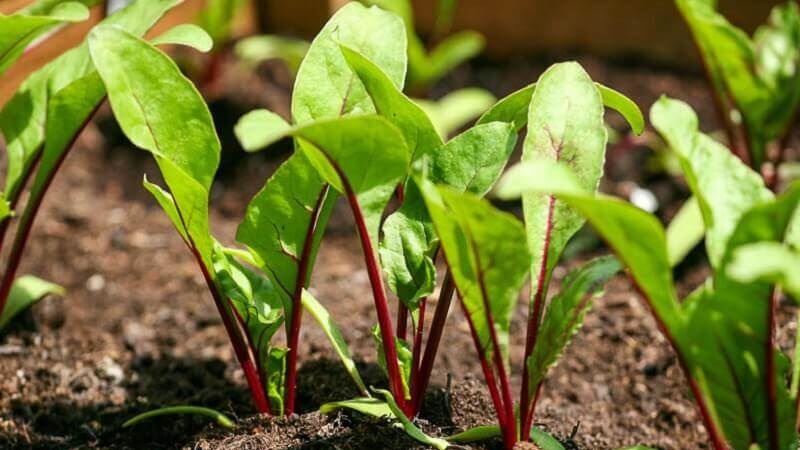
Beneficial features
Due to the high content of vitamins B and C, fiber, mineral elements, beets have important medicinal properties:
- Raw beetroot improves the functioning of the circulatory system. Copper, iron and phosphorus stimulate the production of red cells in the spinal cord.
- Thanks to vitamin C, immunity increases, especially during periods of colds and flu.
- B vitamins improve metabolism.
- The organic acid betaine protects the liver from toxins.
- Silicon in the product strengthens the walls of blood vessels.
Harm of beetroot
In addition to the benefits, beets have harmful properties. Excessive consumption leads to stagnation of fluid in the kidneys. This further aggravates kidney and bladder diseases.
You need to be careful with beets for people with stomach ulcer: the root crop has increased acidity... Also, experts do not recommend beets for people with a lack of calcium in the body.
The best varieties of beetroot
Some gardeners prefer large rounded fruits, others prefer cylindrical and oblong ones. Among the whole variety of varieties, the following specimens are especially appreciated:
- The dark woman refers to mid-season varieties that are grown both in a greenhouse and in open ground. Root vegetables are medium in size, round and slightly flattened. The average weight of one is about 300 g. The peel is dense, rich burgundy color. The pulp is juicy and sweet, so the Darkie is actively used in the preparation of soups, side dishes and salads.
- Beet Bon-Bon planted in nutrient soil in early May. Root weight about 180 g, sweet taste. The surface is smooth, purplish pink. The variety is versatile in use, it is perfectly stored all winter. Beets respond positively to regular fertilizing in the form of potash-phosphorus fertilizers. Bon-Bon is watered every 7 days, before watering, the beds are loosened and weeds are removed.
- Red ball is a beet without rings, the growing season is 70-80 days. It is unpretentious in leaving. The weight of one vegetable is about 250-300 g, the shape is spherical. The red ball is used for preparing children's and dietary meals, as it has a rich nutritional composition.
- Egyptian beet has a rounded flattened shape. The color is maroon, the weight of the vegetable is about 400 g. Before planting, the beds are thoroughly dug up, manure fertilizers are applied. In cold regions, Egyptian is planted in a greenhouse or greenhouse. The variety is unpretentious in care.
- Merchant's wife shows a stable yield even in difficult climatic conditions. The vegetable is rarely sick and has an increased immunity to insect pests. Root crops are round, due to their dense peel, they are stored for a long time and can be transported over long distances. Weight varies from 150 to 200 g. Beets cook quickly and easily peel off.
- Larka variety ripens in 90-110 days. The vegetables are round and even, the weight of one is about 250 g. The color is rich, the pulp is appetizing and juicy. From 1 sq. m summer residents collect from 5 to 7 kg of delicious vegetables. Basically, the variety is used for processing, preparing tasty and healthy pickled dishes, canning snacks and salads.
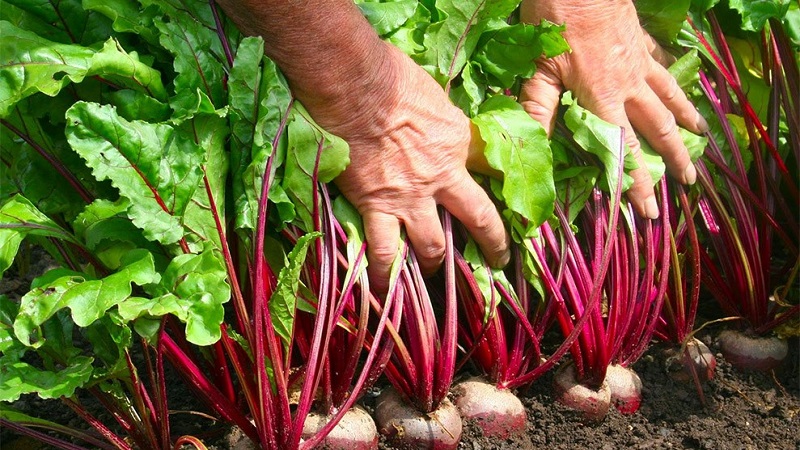
Growing features
To obtain a rich harvest, it is important to remember the simplest agrotechnical rules, observe the sowing time, irrigation and loosening technologies. Let's take a closer look at how to grow canteens varieties tasty and healthy.
Landing
In cold regions, the seedling method is used. To do this, select large and heavy seeds, disinfect them with aloe juice or potassium permanganate solution. Disinfection destroys harmful microbes on the seed surface and reduces the risk of future diseases.
Then the seeds are germinated by placing them in a damp cloth bag. Germination is necessary for the seeds to quickly adapt to external conditions. To accelerate growth, experienced summer residents add a growth stimulator "Kornevin" or "Heteroauxin" to the bag.
Important! Seeds are hardened 2 weeks before planting. To do this, they are placed in a freezer for 1-2 hours, increasing this time by 30 minutes daily. Hardening increases the immunity of seeds to possible frost.
Since autumn, future beds have been cleaned of debris and weeds. Dig up the soil, add humus or peat. With the arrival of spring, the soil is dug again, fertilized with a special mineral vermiculite, which lowers the acidity of the earth and saturates it with vitamins for plants. Beets are planted at a distance of 20-30 cm from each other. After planting, the beds are watered abundantly with warm water.
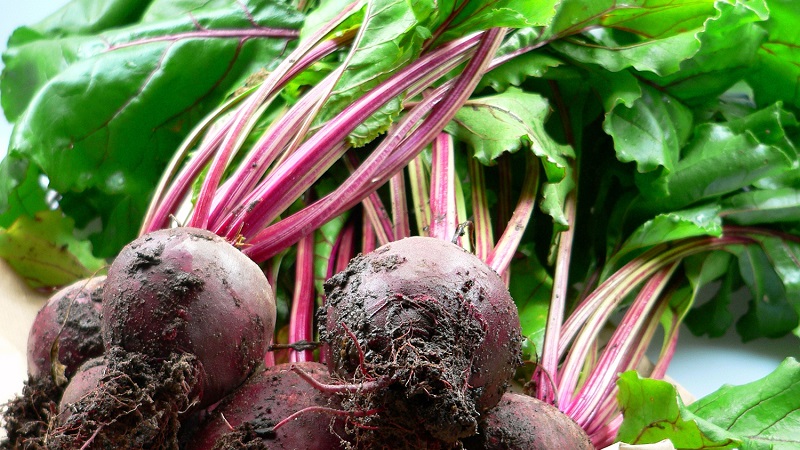
Care
Proper care is impossible without regular watering. They moisten the soil as it dries out, and are guided by weather conditions. If the summer is dry and hot, then the procedure is carried out every 5 days; with frequent rains and fogs every 7-10 days.
About 1.5 liters of water are consumed for 1 bush. Water the beds in the early morning or evening to avoid sunburn. Once a week, instead of ordinary water, an ash or nettle solution is used, it increases the plant's immunity and protects it from pests.
Before watering, the beds are loosened. Loosening provides oxygen to the roots, making the soil nutritious and airy. The soil is loosened carefully so as not to accidentally damage the rhizomes. Together with loosening, weeds are removed, as a rule, these are bindweed, which take some of the nutrients from the beets.
Top dressing plays an important role. Gardeners recommend feeding the plant for the first time in 10-15 days. Organic fertilizers and minerals alternate. Every 2 weeks the soil is fertilized with liquid manure, ammonium nitrate, and potassium chloride. Preparations make the fruit tastier, protect them from diseases and insects.
Important! If a beet midge attacked the beds, then the plants are immediately sprayed with a solution of Bordeaux liquid or copper sulfate.When exposed to phomosis or powdery mildew, the beds are treated with ash or professional preparations "Oksikhom", "Maxim". To prevent the appearance of pests and diseases, it is necessary to care for, fertilize and water the beds in time.
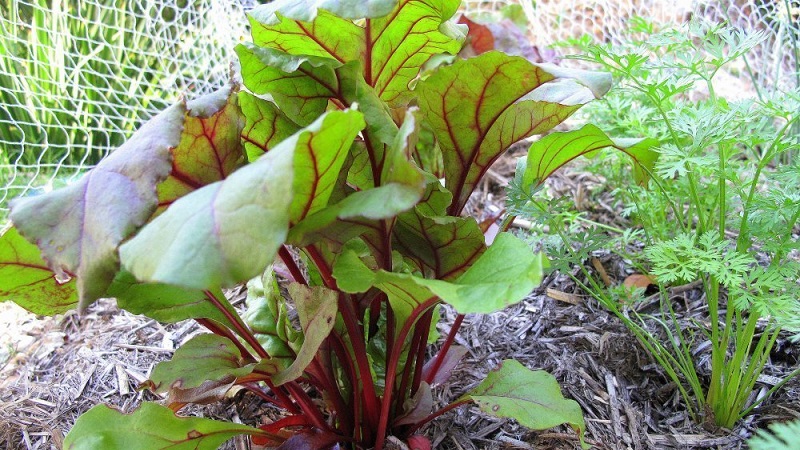
Harvesting and storage
Collected table varieties in early to mid September. Before harvesting, the beds are not watered for 2 weeks. Root crops are carefully dug out with a pitchfork or a shovel, and cleaned from the ground. Tops cut, leaving small petioles 1.5-2 cm in size. For storage, even and whole root crops are selected. Vegetables with scratches and other damage are eaten immediately.
Store the crop in a dry and dark room. The ideal air temperature for storage is 0 ... + 2 degrees, air humidity is 90-95%. Many gardeners store beets with potatoes in basements or cellars. Vegetables keep their integrity in wooden boxes, containers, open plastic bags.
Selection of varieties depending on the region
Gardeners from the northern regions of the country prefer to choose cold-resistant, early-maturing table varieties. Vegetables have time to ripen in a short summer and show a rich harvest. The most common early varieties: Red ball, Pablo, Podzimnyaya A-474. The average ripening period is 60-70 days.
Early varieties are resistant to frost, frequent fog and rain. They are actively cultivated by gardeners of Siberia and the Urals, have an increased immunity to diseases and pests.
Middle-early and early vegetables are suitable for central Russia. For example, table varieties Cold-resistant 19, Smuglyanka or Detroit. Vegetables ripen in about 80 days. They are distinguished by good keeping quality. Due to the dense peel, the roots do not deteriorate for a long time and retain their taste and appetizing appearance.
For warm regions, for example, the Moscow region, late-ripening table varieties are suitable. Ripening period - 120 days. During this time, vegetables acquire large size and rich color. Excellent varieties for warm climates: Larka, Odnorostkovaya, Rival.
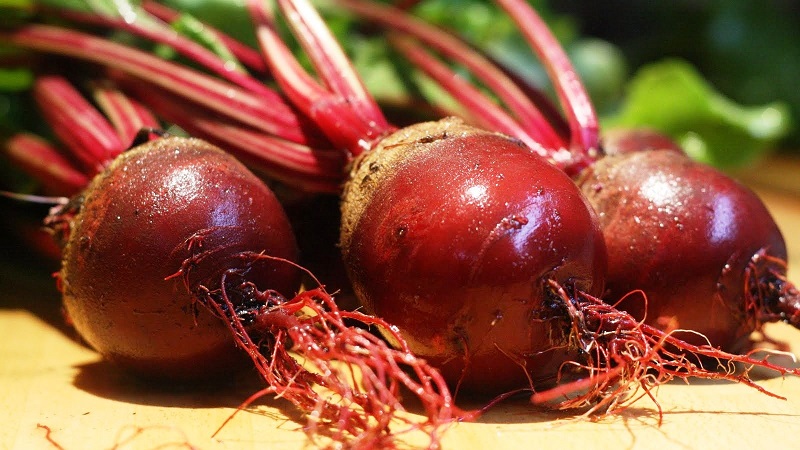
Application of beetroot
Beetroot is widely used in cooking. It is used in the preparation of borscht, herring "under a fur coat", vinaigrette, salad with prunes. Spicy food lovers marinate beets with horseradish and black pepper. The dish will decorate any table, be it a family lunch or a festive dinner. Beetroot goes well with other vegetables, spices and even nuts.
Interesting! In ancient Russia, beets were baked and served with tea as a dessert. This delicacy was especially loved by fabulous heroes. And women used the pulp of beets as a blush.
In addition to cooking, beets are also used in folk medicine. For angina, it is recommended to gargle with beet juice, and in case of inflammation of the lymph nodes, apply grated fresh beets to the neck. Red beet tincture lowers blood pressure, raises hemoglobin levels.
Conclusion
It is impossible to imagine a single vegetable garden without a bed of beetroot. This valuable and useful root vegetable saturates the body with useful elements, strengthens health. Agricultural technicians advise choosing a variety depending on the growing region. Beets are planted in light nutritious beds. Harvested in September, stored in a dry cellar.